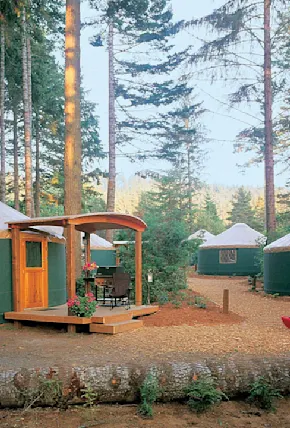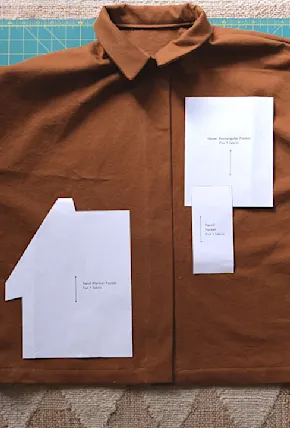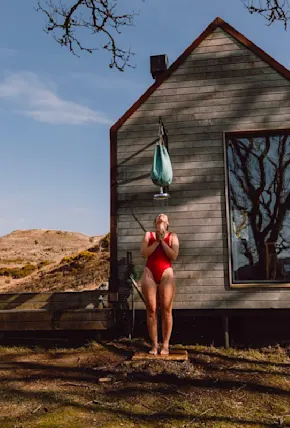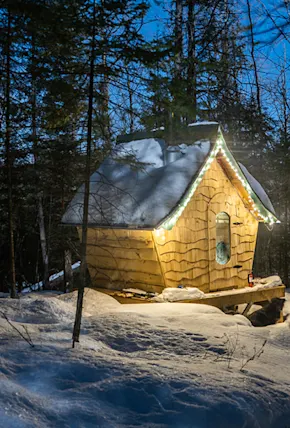Did you have construction or DIY experience going into the project?
In college I had a summer job for several years with a home remodel construction company doing grunt work and basic building work alongside one of the company's primary carpenters. I learned a lot, but was still very much in the entry-level phase in terms of building knowledge. For a job like this some basic building knowledge will be required—I'd classify it as solidly intermediate level.
It'd be a simple project for anyone who builds for a living, but if you've never built anything you might want to call your pal who knows what he's doing. You'll need to know how to level and square a deck, and have some familiarity with basic tools like a chop saw, table saw, drill, jigsaw, etc. That said, if you're comfortable with that kind of stuff it's not rocket science. Think everything through carefully, read the instructions for the tub hookup, measure twice, cut once, and you'll be alright.
What wood stove did you use, why, and how is it performing so far?
We used the Chofu stove from Islandhottub.com. This stove is incredible, high quality, very efficient, and weatherproof. I'd estimate it takes two hours heating time, and four to five pieces of cord wood (split into 2"x2" pieces) in the firebox to heat our 175 gallon tub from cold (50° well water) to 102°.

The Japanese-made Chofu stove.
Cost Breakdown & Time Commitment
Total cost: $2,200-2,300*
- Chofu Stove, $1200 + tax & shipping
- 2'x6' galvanized stock tank, $300
- All deck materials, $700-$800
Total time: Approximately 60 hours (30 hours x 2 people)**
*This would probably be closer to $3,000 without the cost savings from using salvaged siding, and free screws and nails, and could be dramatically more expensive depending on what materials you use. For example, 2x6 fir for our deck was $10/board for an 8' piece. Cedar in the same size & length was $50/board (which is why we used fir).
**This could be significantly less for an experienced builder who doesn't have a four-year-old and seven-month-old to take care of at the same time. Everything seemed to take me twice as long as it should.
Lessons Learned
1. Get in the tub before you buy it!
We got a 4' round tub first after seeing Tanner and Tess’s setup. But I'm 6'2" so when we got it home and I sat down in it we immediately realized it was too short for my long-ass legs and I had to drive it back to the hardware store to swap out for the 2'x6' tank. We think the 2'x6' is the perfect size for two people. We also considered a 3’x8’ tub to accommodate four people, but that was a jump from 175 gallons (two hours to heat) to 300 gallons (four-plus hours to heat), so we stuck with the two-person tub.
We have a 2'x4' galvanized soaking tub off to the side of the deck which we fill with cold well water from the hose. After 5-10 minutes in the hot tub you start to get overheated. A quick dip in the cold tank is invigorating, stimulating, and makes the hot tub feel even nicer when you get back in. After three or four hot/cold exchanges you become extremely relaxed.













